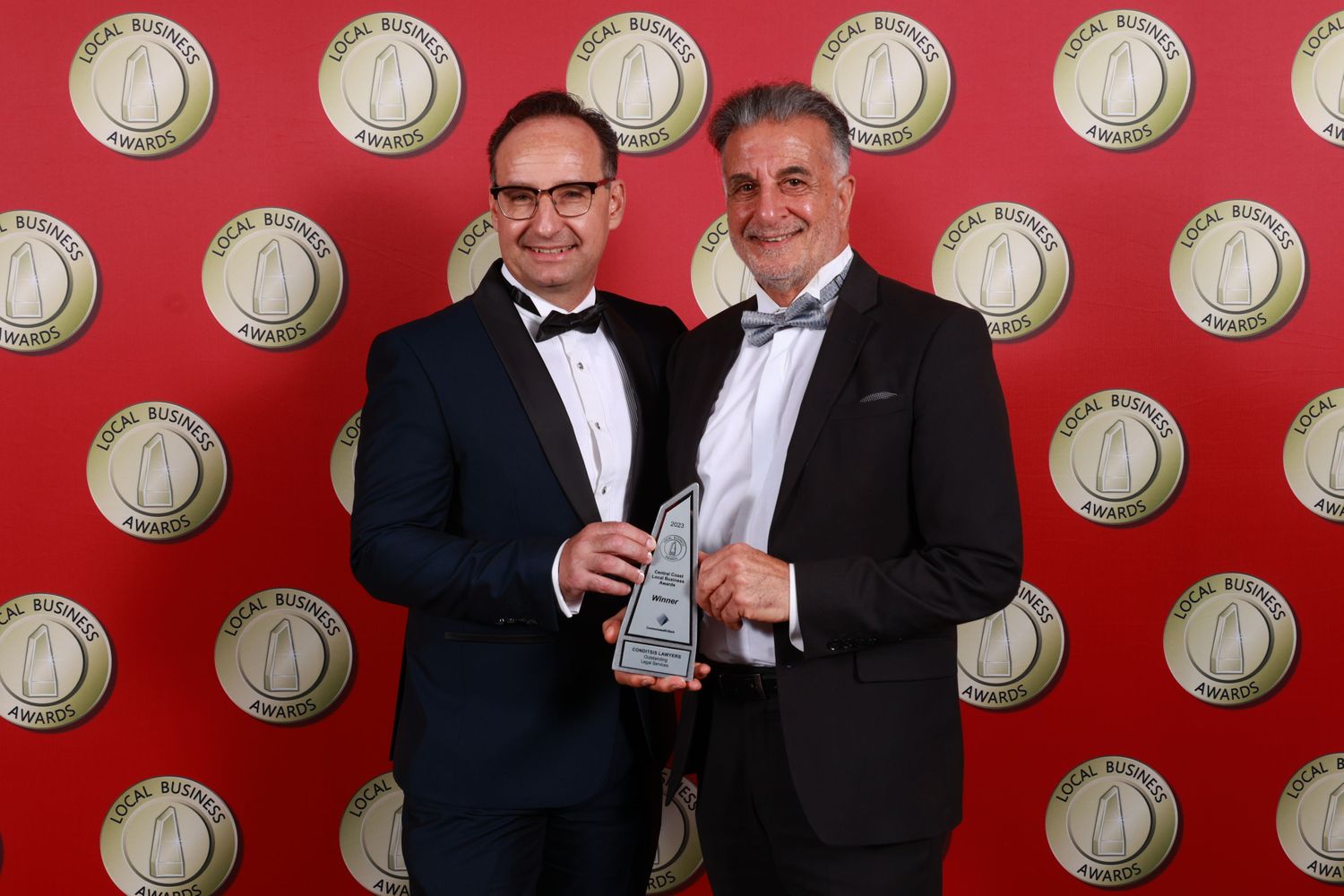If so, recent changes to the Foreign Resident Capital Gains Withholding Tax regime will now affect Australian vendors who sell residential property for more than $750,000
As from 1 July 2017, contracts for the sale of residential property in Australia with a sale price of $750,000 or more by foreign resident and Australian resident vendors will now be caught by the Foreign Resident Capital Gains Withholding Regime (the Regime).
Under the regime, Australian resident vendors must now provide a ‘clearance certificate’ to purchasers to prove they are based here to be exempt from the tax.
Furthermore, anyone who purchases an Australian property from a vendor who is a foreign resident must withhold and remit 12.5% of the purchase price to the ATO on the vendor’s behalf.
With many suburbs having a median price of more than $750,000 both vendors and purchasers will need to be aware of these changes. Certainly, in the major cities of Australia, the majority of property transactions will now be caught by the regime.
What is the FRCGW regime?
In May 2013, the government first announced that it would introduce a 10% withholding tax on payments made to foreign residents who dispose of certain types of taxable Australian property with a market value above $2 million. However, it was not until February 2016 that the Regime came into law and took effect from 1 July 2016.
The regime is designed to assist in the collection of foreign residents’ Australian capital gains tax liabilities (who are often foreign investors) and to better monitor possible tax avoidance by foreign residents when buying and selling Australian property. The government hopes that by doing so, home ownership will be more achievable for Australian residents in light of the competition first home buyers face from international property investors.
What are the recent changes?
As from 1 July 2017, the Regime will apply to disposals of Australian real property that are being sold for $750,000 or more, or have a market value of $750,000 or more. The withholding tax rate has also been increased from 10% to 12.5%.
The new threshold and rate will only apply to contracts that are entered into and settle after 1 July 2017. Contracts that were entered into prior to 1 July 2017 but settle after 1 July 2017 are subject to the previous $2 million threshold and 10% withholding tax rate.
But I am not a foreign resident! What the FRCGW means for Australian resident sellers and purchasers
The Federal Government decided that the best way to monitor the collection of foreign residents’ tax liabilities was to require all Australian residents to provide a clearance certificate to purchasers when disposing of Australian property.
This certificate is available from the ATO and only Australian residents can apply for and obtain a clearance certificate.
If Australian vendors fail to provide this certificate, they must also withhold and remit to the ATO 12.5% of the purchase price or face heavy penalties.
It is not only residential property that is caught by this regime. The sale of vacant land, buildings, residential and commercial property, properties held on leasehold and strata title schemes must also include a clearance certificate.
What do vendors and purchasers need to do?
Unless the contract price is more than $750,000, vendors and purchasers are not required to do anything except be aware of the change.
Vendors and purchasers who settle after 1 July 2017 under contracts that were entered into prior to 1 July 2017 and have a purchase price of more than $750,000 are also not required to do anything.
However, vendors who enter into contracts after 1 July 2017 when the market value is $750,000 or more will now need to obtain and provide a clearance certificate to purchasers.
Purchasers will need to consider if the vendor is a foreign resident for the purposes of the regime to determine if they are obliged to withhold 12.5% of the purchase price on settlement and remit it to the ATO to avoid penalties.
In addition, purchasers should also ensure that the contract of sale they are entering into gives them a contractual right to withhold the amount from the vendor at settlement. Even though the withholding obligation is a statutory requirement, without the appropriate clause in a contract, a purchaser may find it is in breach of the contract it has entered into.
When should and how does a vendor obtain a clearance certificate
Vendors can apply to the ATO for a clearance certificate at any time even before a property is listed for sale. The certificates are valid for twelve months.
An online form is required to be completed.
If a vendor is assessed as an Australian resident, a clearance certificate will be issued electronically within days of completion of the online form.
Australian citizens living outside Australia will not necessarily be exempt from the FRCGW
The changes will affect Australian citizens not living in Australia.
Australian residents living outside Australia may not be a resident for Australian tax purposes, particularly if they have been living outside Australia for an extended period of time. They may be foreign investors for the purposes of the FRCGW and may lose the principal place of residence capital gains exemption if they sell their home while living overseas. As a result, they will be required to pay some of their capital gain to the ATO on the sale of their home.
If you have questions about how the Foreign Resident Capital Gains Tax might affect you, please contact our Property Team today!


